-
Geoffrey Joe wrote a new post 5 years, 1 month ago
When acquiring breeding stock, you will want to avoid buying rabbits before they are 8 weeks old, which is typically when they should be weaned. Rabbits that are weaned early often develop enteritis, a […]
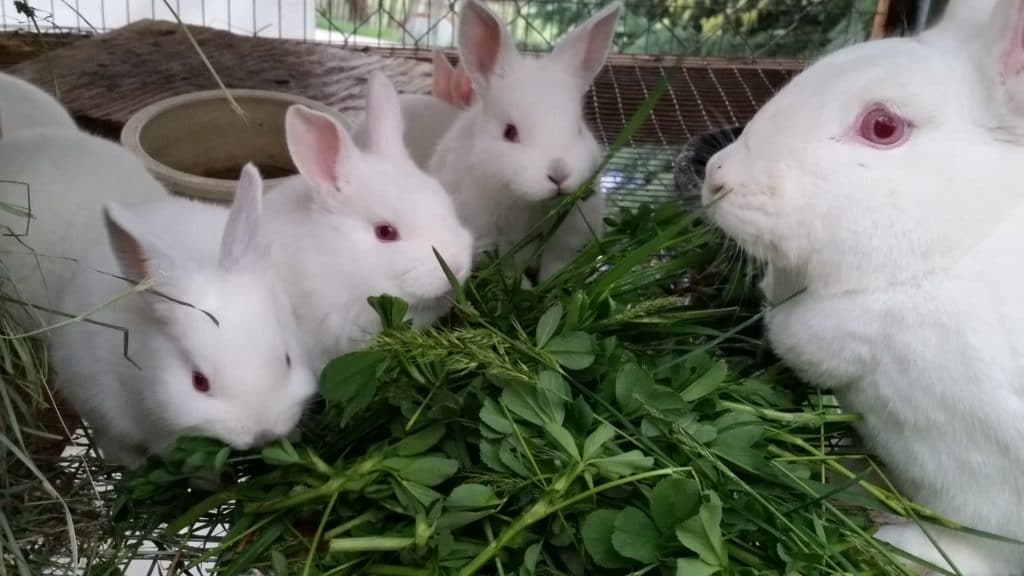
-
Geoffrey Joe wrote a new post 5 years, 1 month ago
Cows would rather spend their days grazing, looking after their young, or napping in a meadow, and most cattle have considerable experience with farmers and other humans and aren’t likely to attack unless they […]
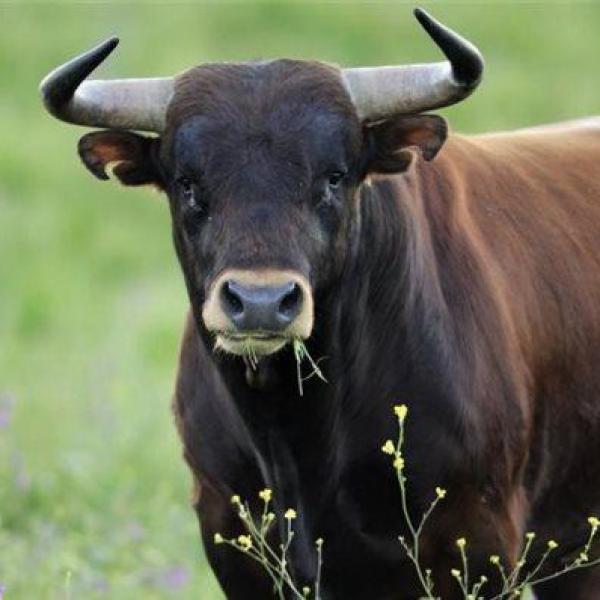
-
Geoffrey Joe wrote a new post 5 years, 1 month ago
Sheep are ruminants, and they start eating pasture from about a week old. They are efficient ruminants by about a month old.
Sheep can graze more closely than cattle as they have a split upper lip. They gr […]
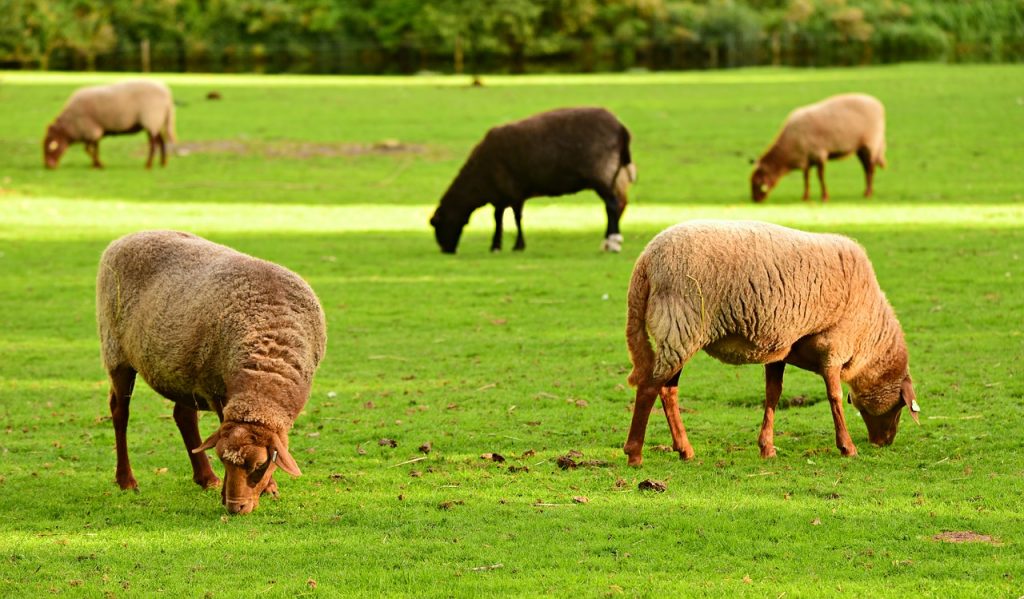
-
Geoffrey Joe wrote a new post 5 years, 1 month ago
When bulls start to become territorial and difficult to handle it’s tempting to assume that putting a ring in their nose will solve the problem. It may not, and along with nose ringing you should develop some b […]
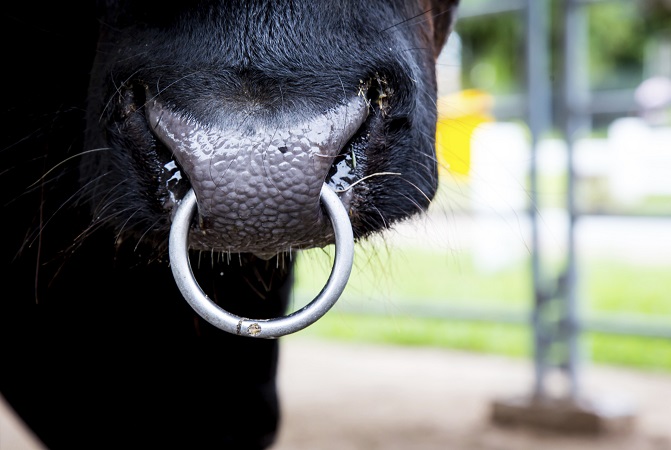
-
Geoffrey Joe wrote a new post 5 years, 1 month ago
Sheep are the classical social “flocking animal”. They use the flock for a defense against predators, running away a short distance to form a flock and then turning round to face the predator. On closer approach t […]

-
Geoffrey Joe wrote a new post 5 years, 1 month ago
Goats have no top teeth and instead have a hard dental pad that their bottom incisors bite against.
You can estimate the age of goats by the age at which the milk teeth are replaced by permanent […]

-
Geoffrey Joe wrote a new post 5 years, 1 month ago
In order to ensure your piglets get the best start in life, you should supplement their foraging diet with some high-quality hog feed.
While they are just little, offer your piglets a feed that is 18 – 21% pro […]
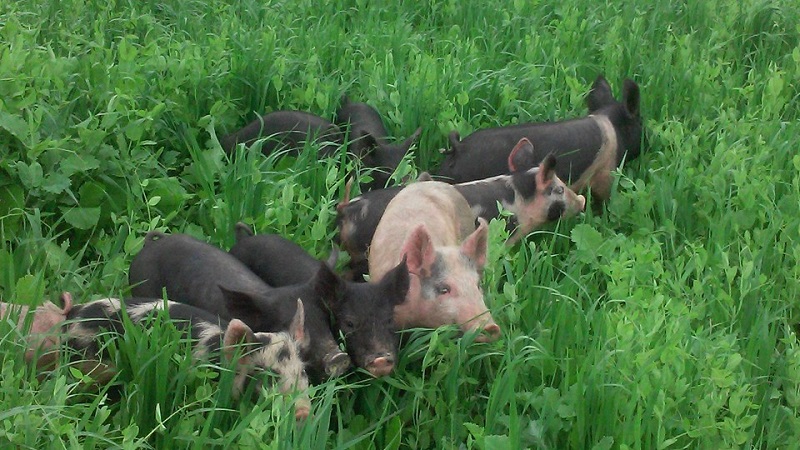
-
Geoffrey Joe wrote a new post 5 years, 1 month ago
In a breeding herd, you need to select animals that possess traits for a long life, reproductive efficiency, efficient feed to meat conversion, and a type that will produce desirable carcass composition and […]
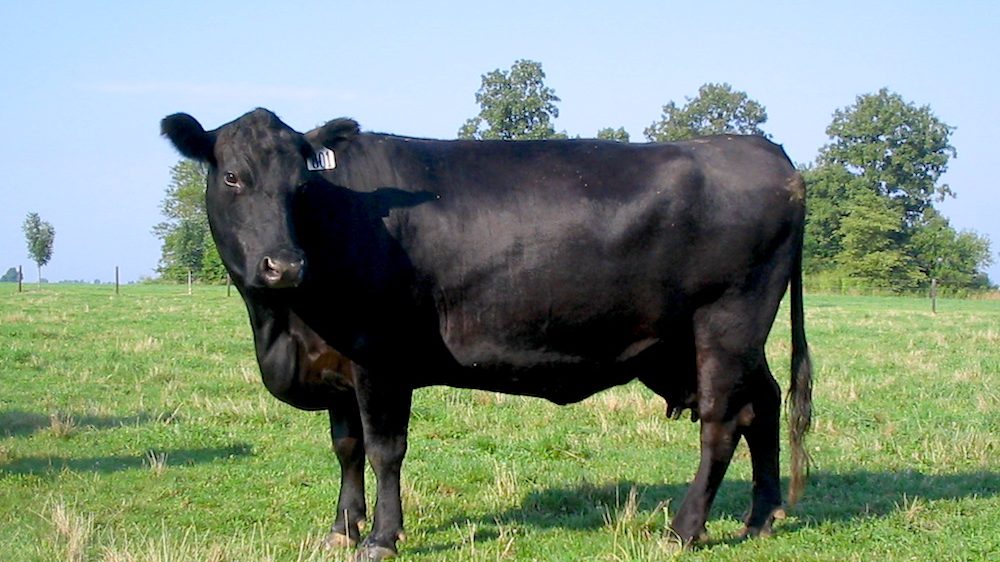
-
Geoffrey Joe wrote a new post 5 years, 1 month ago
Unless proper precautions are followed, pig, dog and cat manure can be harmful to human health. The composting process that can kill organisms harmful to man requires high temperatures and special conditions […]
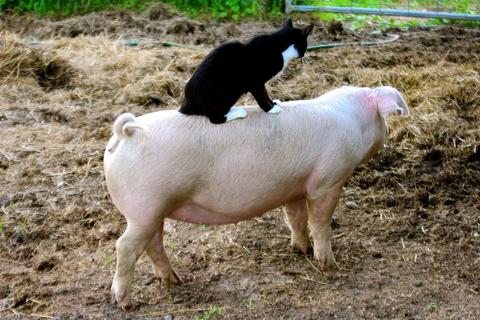
-
Geoffrey Joe wrote a new post 5 years, 1 month ago
Drench resistance means that some or all of the worms in the goats are not being removed by the drench used. Once you have drench resistant worms in pasture and in livestock on your farm, it is very difficult or […]

-
Geoffrey Joe wrote a new post 5 years, 1 month ago
Chicks dehydrate quickly at the high temperatures of rearing, so they must find water quickly after hatching and learn to drink. Drinking often starts with the chick pecking at a bubble, and some water movement […]
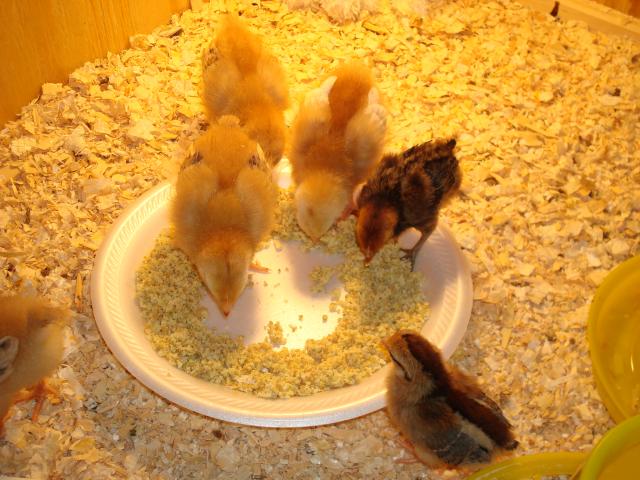
-
Geoffrey Joe wrote a new post 5 years, 1 month ago
Rabbits’ teeth are part of a complex digestive system that promotes efficient assimilation of plant materials that are indigestible to many other species. The front teeth include four sharp, chisel-like i […]
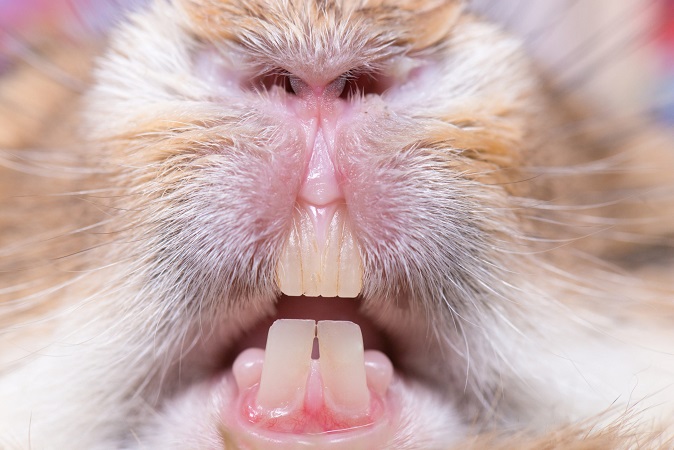
-
Geoffrey Joe wrote a new post 5 years, 1 month ago
Sight
Cattle have a well-developed eye that sees some colour but not as much as humans. They generally avoid bright light if given preference.
The position of each eye allows very wide peripheral vision […]
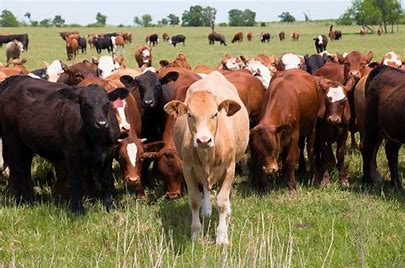
-
Geoffrey Joe wrote a new post 5 years, 1 month ago
Many of the people who tether goats genuinely think goats are tough creatures that will eat anything, but in fact they are remarkably fussy eaters, and they have a miserable life for many reasons. They usually […]
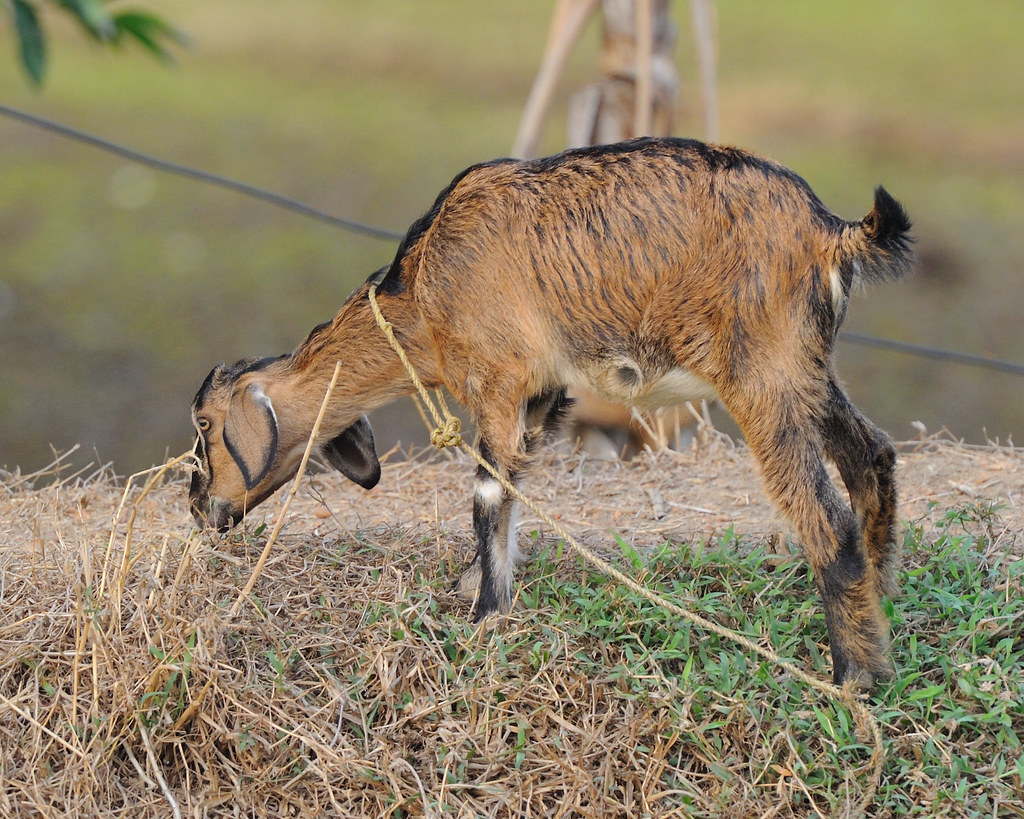
-
Geoffrey Joe wrote a new post 5 years, 1 month ago
Sight
Chick embryos respond to light as early as 17 days after the start of incubation. A hen cannot rotate its eye very much but they can see a field of 300°, with a binocular field of 26°. Hens follow moving ob […]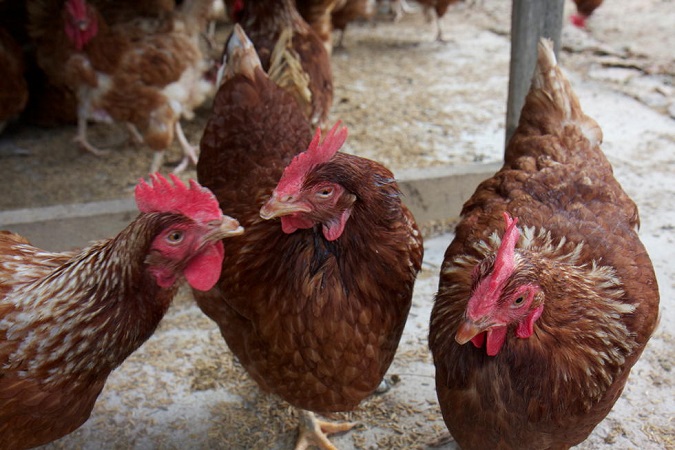
-
Geoffrey Joe wrote a new post 5 years, 1 month ago
Good animal handling practices start with the handler having a good understanding of pig behavior. A significant portion of a pig’s behavior can be attributed to natural instinct and is further impacted by the a […]
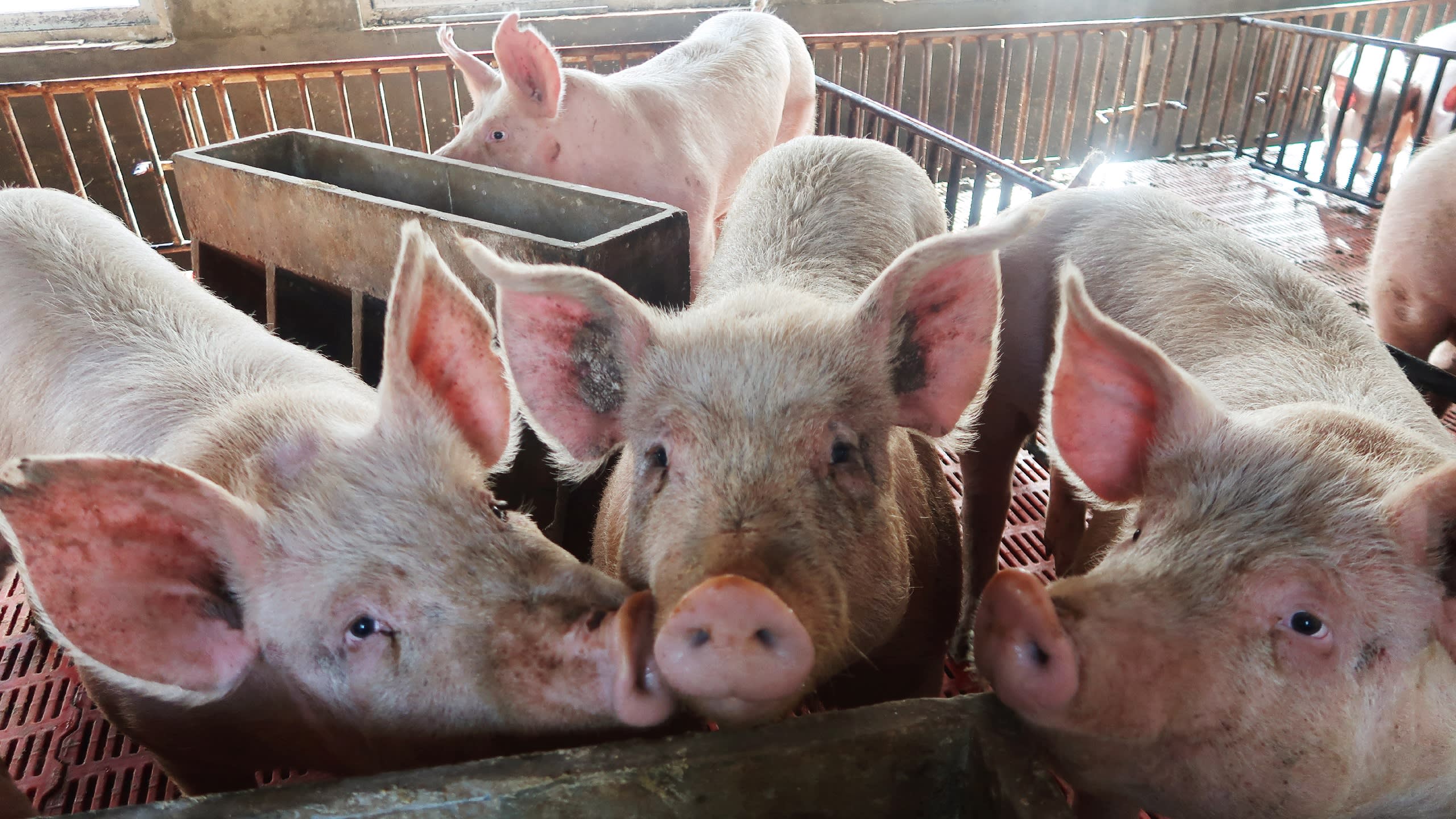
-
Geoffrey Joe wrote a new post 5 years, 1 month ago
Goats are typically friendly, social, and energetic with a playful, mischievous side. So when behavioral problems appear, especially from a goat who has not exhibited biting, kicking or other forms of aggression […]

-
Geoffrey Joe wrote a new post 5 years, 1 month ago
Many people begin raising organic chickens to help them achieve a simpler, healthier life for their families. By simply raising your own birds in your backyard, letting them free range, eat on grass, and then su […]
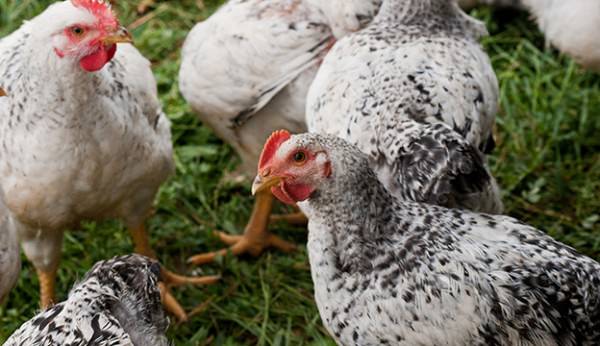
-
Geoffrey Joe wrote a new post 5 years, 1 month ago
Chicks are very active and when running, they extend their wings and flap them for use as breaks. They will jump on to feeders but do not perch till 4-6 weeks old. They stretch in a very precise way with a wing […]
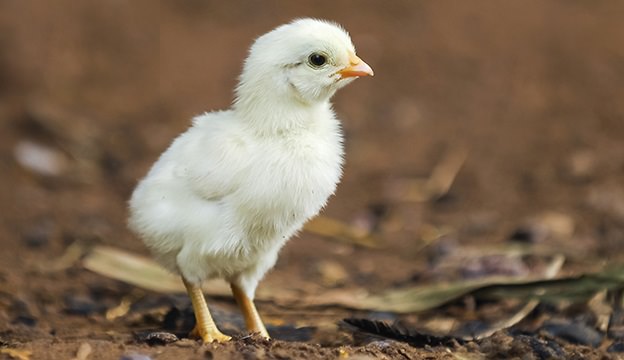
-
Geoffrey Joe wrote a new post 5 years, 1 month ago
When does become receptive to mating, they will usually show signs of being in heat. They may act restless, rub their chins on feed and water containers or other equipment, and show a desire to join other rabbits. […]

- Load More
